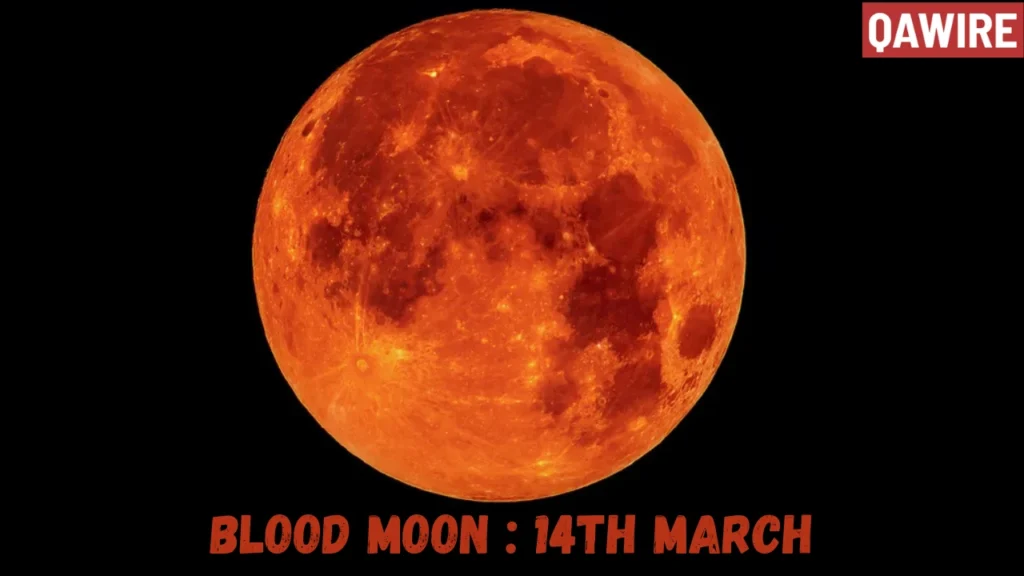Get ready to dive into the dynamic world of streaming services as we explore how TRAI’s National Broadcasting Policy is reshaping the landscape for OTT players like Netflix and Amazon Prime. From revolutionizing how we consume content to creating new opportunities for creators, this policy shift has far-reaching implications that are shaking up the entertainment industry in India. Let’s uncover the exciting changes ahead!
Overview of OTT (Over-the-Top) Services
Are you tired of being tied to your TV schedule? OTT services come to the rescue! Over-the-Top platforms like Netflix and Amazon Prime offer a wide array of content that you can watch anytime, anywhere. No more waiting for your favorite show to air – just hit play and enjoy.
These services are not limited by traditional broadcasting methods; they deliver content over the internet, bypassing cable or satellite providers. With a simple subscription, you gain access to a vast library of movies, TV shows, documentaries, and even original productions. The convenience is unbeatable – stream on your phone during your commute or binge-watch series on your laptop at home.
OTT services have revolutionized the way we consume entertainment. Say goodbye to commercials interrupting your viewing experience; these platforms provide ad-free streaming for uninterrupted enjoyment. Whether you’re into thrillers, rom-coms, or documentaries about marine life, there’s something for everyone in the world of OTT services.
Impact of the New Broadcasting Policy on OTT Players
The new National Broadcasting Policy by TRAI has stirred up the landscape for Over-the-Top (OTT) players like Netflix and Amazon Prime in India. This policy brings changes in content regulation, pricing strategies, and licensing requirements that directly impact how these platforms operate.
OTT players now face the challenge of complying with the stricter regulations set forth by TRAI while maintaining their unique content offerings to attract subscribers. The increased scrutiny on content selection and pricing could potentially alter the way OTT services curate and deliver entertainment to their audiences.
However, this policy also opens up opportunities for OTT platforms to innovate and differentiate themselves amidst growing competition from traditional TV broadcasters. By adapting to the new rules effectively, OTT players can solidify their position as key players in the Indian media industry.
The impact of this broadcasting policy on OTT players is multifaceted, requiring them to navigate through regulatory hurdles while striving to offer compelling content experiences for consumers.
Increased Competition for Traditional TV Broadcasters
The new National Broadcasting Policy introduced by TRAI has brought about a wave of change in the media landscape, particularly impacting traditional TV broadcasters. With OTT players like Netflix and Amazon Prime gaining momentum, traditional TV channels are facing increased competition for viewership.
Consumers now have more options than ever before when it comes to accessing content, leading to a shift in preferences towards on-demand streaming services. This change has forced traditional broadcasters to rethink their strategies and offerings in order to stay relevant in the digital age.
While TV channels have been a staple in households for decades, they are now being challenged by the convenience and diverse content libraries offered by OTT platforms. As a result, traditional broadcasters are having to adapt quickly to keep up with changing consumer behavior and technological advancements.
In this evolving landscape, it’s crucial for TV broadcasters to innovate and differentiate themselves from OTT competitors in order to retain their audience base. The increased competition is pushing all players in the industry to elevate their content quality and delivery methods to meet the demands of modern consumers.
Challenges Faced by OTT Platforms in India
OTT platforms in India are not without their challenges. One major hurdle they face is the need to cater to diverse linguistic and cultural preferences across the country. With a vast population speaking multiple languages, creating content that resonates with various regional audiences can be demanding.
Furthermore, internet connectivity issues in certain areas pose a challenge for OTT platforms trying to reach customers in remote locations. Limited access to high-speed internet can hinder the streaming experience and deter potential subscribers from engaging with online content.
Another obstacle is the competition among OTT players themselves. With global giants like Netflix and Amazon Prime dominating the market, local platforms must find ways to differentiate themselves and capture viewers’ attention amidst a sea of options.
Additionally, regulatory compliance and censorship guidelines present complexities for OTT platforms operating in India. Striking a balance between creative freedom and adhering to regulations can be tricky for these streaming services as they navigate legal requirements while retaining their unique offerings.
Advantages for Consumers and Content Creators
Consumers in India are reaping the benefits of TRAI’s new National Broadcasting Policy, especially when it comes to accessing a wide range of content through OTT platforms like Netflix and Amazon Prime. The policy has led to increased competition among streaming services, resulting in more affordable subscription plans and diverse content offerings.
For consumers, this means greater choice and flexibility in deciding what to watch and when to watch it. With the rise of OTT platforms, viewers have the freedom to explore a variety of genres and languages that may not have been easily accessible through traditional TV channels.
Content creators are also finding advantages in this new landscape. The policy has opened up opportunities for filmmakers, writers, actors, and directors to showcase their work on digital platforms without being constrained by conventional broadcasting norms. This creative freedom allows for more diverse storytelling and representation across various genres.
Moreover, with the growing popularity of OTT services among Indian audiences, content creators now have a larger platform to reach a broader audience both nationally and internationally. This exposure can lead to increased recognition for their work and potential collaborations with global production houses.
The advantages for consumers and content creators in India’s evolving media industry are evident – from enhanced viewing experiences for audiences to newfound opportunities for creative professionals looking to make their mark in the digital space.
Conclusion: The Future of OTT in India
As TRAI’s National Broadcasting Policy sets new standards for the media industry in India, OTT players like Netflix and Amazon Prime are poised to thrive in this evolving landscape. With increased competition for traditional TV broadcasters, OTT platforms have a unique opportunity to capture a larger share of the market.
Despite facing challenges such as internet connectivity issues and content censorship regulations, OTT players continue to innovate and provide consumers with diverse entertainment options. This not only benefits viewers who can access a wide range of content on-demand but also empowers content creators by offering them global platforms to showcase their talent.
The future of OTT in India looks promising as more players enter the market and existing ones adapt to the changing regulatory environment. As technology advances and consumer preferences shift towards digital streaming services, OTT platforms are well-positioned to lead the way in shaping the future of entertainment consumption in India.
Visit QAWire for more



